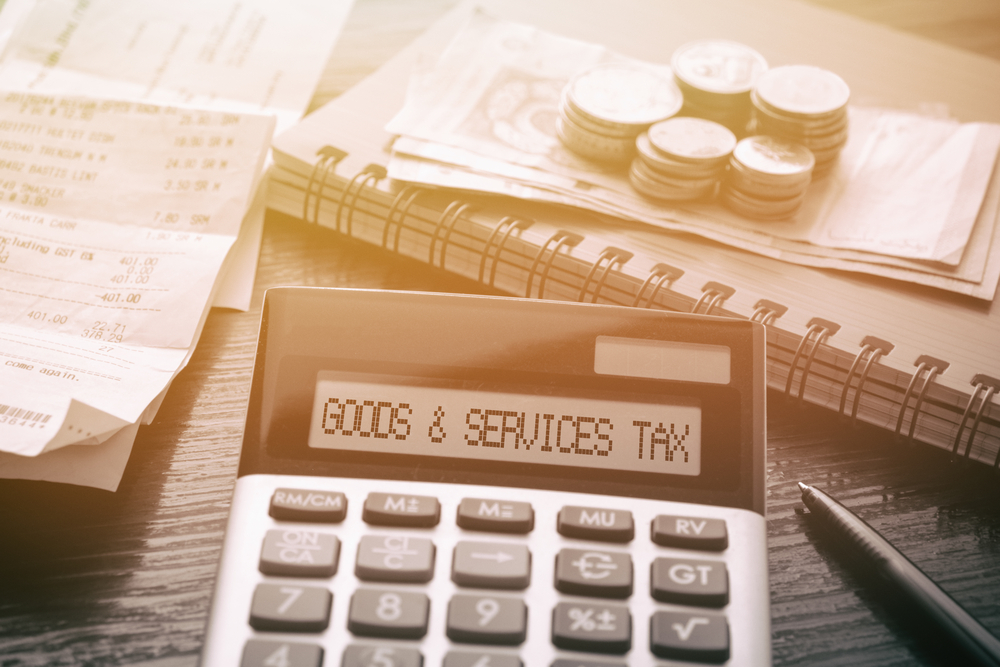Five GST Myths Busted
By India Briefing
Posted: 11th August 2017 08:33
The goods and services tax (GST) – the biggest tax reform in India – finally came into existence on July 1, 2017, after 17 years of deliberations between successive ruling governments and opposition parties.While the Modi government continues its positive propaganda around the GST, several myths and misconceptions remain.
This article notes five key facts for businesses to get a transparent view about how the GST actually functions.
Myth 1: GST will result in reduced compliance.
Fact:The Input Tax Credit (ITC) mechanism is the backbone of GST regime and prevents price increase due to cascading taxes. While ITC aims to bring down the cost of production, the mechanism is a nightmare in terms of compliance.
To claim ITC, manufacturers and service providers have to go through a maze of differentiated slabs, rates, and classifications. In fact, businesses operating in multiple states are required to register themselves in each state to avail the ITC.
A registration in every state means understanding and complying with the ITC rules of each state, making tax payments in every state, and filing SGST returns in every state – resulting in the increased compliance burden.
Further, the invoice-to-invoice matching system under GST requires multiple monthly returns and audits to claim ITC. This will increase scope for bureaucratic intervention, considering there are multiple tax rates for each product.
Myth 2: GST will subsume all indirect taxes.
Fact:While GST subsumes most indirect taxes from the pre-GST era, certain levies have been kept out of its purview – for certain commodities.
These include basic customs duty, countervailing duty, excise duty on tobacco products, export duty, taxes on petroleum and petroleum products, taxes on electricity, and state excise on liquor.
Myth 3: There is no cascading effect of taxes under GST.
Fact: The‘cascading effect’ in tax parlance refers to the concept of double taxation. Although GST significantly reduces the cascading effect of taxes, it does not completely eliminate it.
As discussed in the previous point, GST does not subsume all indirect taxes. Therefore, levy of such taxes, in addition to GST, continues the process of double taxation.
For instance, goods used for setting up a power plant, such as power equipment and machinery, are liable to GST, yet, because electricity does not fall under GST, the ITC cannot be availed on tax paid for such goods. This disbalance of not being able to claim tax credits ultimately results in the higher cost of electricity production.
Myth 4: Businesses with annual financial turnover below US$31,320 (Rs 2 million) do not need to register under GST.
Fact:This special provision for small businesses is narrowly defined; it does not include:
- Small businesses making any taxable supply to other states. In other words, even if a business is involved in an inter-state transaction of only $1.5 (Rs 100), it must register itself under GST;
- Casual taxable persons like small exhibitors, or temporary businesses;
- Small businesses run by non-resident persons;
- Persons who are required to deduct or collect tax at source (TDS/TCS under GST); and
- Persons who are required to pay under reverse charge.
Myth 5: The composition scheme simplifies tax procedure, reduces compliance cost for small business, and helps improve business environment in the country.
Fact:Benefits under the composition scheme for businesses having an annual financial turnover of less than US$117,859 (Rs 7.5 million) are highly limited.
The scheme as follows:
- Does not allow its beneficiary to carry out inter-state businesses.
- Does not allow input credit on business-to-business (B2B) transactions. That means, a buyer making purchases from the composition scheme beneficiary (composite tax payer) – will not get any credit on the tax paid on the purchased item. This could potentially result in loss of business for scheme beneficiaries.
- Is not applicable to suppliers supplying goods through e-commerce.
- Does not allow beneficiaries to recover taxes from their buyers, as they cannot raise a tax invoice under the scheme, even though the rate of composition tax is kept minimal at 0.5 percent, 1 percent, or 2.5 percent. As a result, the beneficiary must bear the tax burden on their own.
This article was first published on India Briefing.
Since its establishment in 1992, Dezan Shira & Associates has been guiding foreign clients through Asia’s complex regulatory environment and assisting them with all aspects of legal, accounting, tax, internal control, HR, payroll, and audit matters. As a full-service consultancy with operational offices across China, Hong Kong, India, and ASEAN, we are your reliable partner for business expansion in this region and beyond.
For inquiries, please email us at info@dezshira.com. Further information about our firm can be found at: www.dezshira.com.




Comments